Fellow commuters, I want to tell you something that you will rarely hear from drivers, pedestrians, public transit passengers, and politicians; thank you. Your commitment to pedaling to work every day contributes in big ways to improving the health and well-being of our communities.
As someone who recognizes the valuable contributions you are making every day you jump in the saddle, I would like to offer below a few advanced tips to inspire and motivate you that move beyond the basics:
Pro Bike-Commuting Tips
1 – Define Your Values
If you’re not clear on why you commute, you may quickly discover how easy it is to rationalize hoping in the car or on some form of public transportation as soon as the weather takes a turn for the worst. Getting clear on why you commute starts with creating a simple cost/benefits list.
As you draft your list, consider the impact of commuting on you, your family, your community, and your place of employment. Since you already identify as a commuter, I have a hunch that making this list will be fairly easy and that the benefits will exceed any minor inconveniences. If my assumption holds, I recommend keeping this list near your alarm clock so you can wake up to it every morning and keep your motivation high year-round.
2 – Ride with Respect
When it comes to public opinion (including respected reporters), cyclists have a bad reputation. This has resulted in urban cycling becoming politicized as evidenced by the anti-cycling agendas of certain politicians and institutions. Politics aside, it’s important to be aware that not every driver and pedestrian is as elated as you are when it comes to sharing the open road.
When you see cars, pedestrians or other cyclists be sure to respect their space, and the rules of the road, and smile because biking is fun! If you encounter an aggressor not so jazzed about cyclists, do your best to keep calm and pedal on. If you believe some form of response is necessary, consider giving the aggressor a “thumbs down” rather than another more offensive gesture – I’ve found it’s far more effective in communicating your feelings while avoiding escalation. Taking the high road helps maintain respect for you and your neighbors.
3 – Know Your Rights
To boost your commuting confidence, be sure to understand the rules of the road. Start by looking up your local vehicle and traffic code, and learn about the laws that specifically apply to cyclists sharing the road with cars and pedestrians.
Even better, if you have a local bicycle advocacy organization in your area, check out their website, or call to see if they have any materials focused on traffic rules specific to cyclists. Consider requesting a bicycle map of the area from this organization, or taking a close look at Google Maps to plan a better route that includes as many roads with dedicated bike lanes. Taking this step will greatly improve your overall commute, and add another layer of protection to your route.
4 – Be A Defensive Biker
As a commuter, your primary goal is to arrive safely at your destination every time. To achieve this goal, remember that crashes are most likely to occur at intersections, or when riding too close to parallel parked cars. To avoid these types of accidents, brush up on some advanced safety techniques for bicycles.
Also, keep these basic tips in mind:
- Stay visible while riding like you are invisible, meaning that you are never assuming a car sees you, yet you are giving them every opportunity to see you.
- Signal your turns to avoid surprising a driver and getting hit.
- Trust and verify a driver’s next move, which requires slowing down to trust that a car signaling to turn is turning by verifying its wheels are turning in the direction it indicates.
5 – Monitor Weather Conditions
Before you plan on heading out the door each morning, be sure to check the weather, and prepare in advance. Usually, online options like The Weather Channel will offer extended forecast information, including weather by the hour. I always take a look at what the day has in store.
For example, if it’s a crystal clear morning with ideal riding conditions, I still take a look at what the 6-7 pm weather updates predict. The last thing you want is to be stuck at work, and miss a hot date because you forgot your rain gear. Knowledge is power, and with the advances of both the internet and smartphones, there is no reason you shouldn’t know what to expect weather-wise.
6 – Consider Non-Traditional Gear
The discussion of weather usually leads to the next logical topic; commuting gear. If you are seeking fashionable commuting threads, definitely review products featured on sites like Bike to Work. While websites like these are helpful, they aren’t the be-all-and-end-all of fashionable commuting gear.
When the weather takes a turn for cooler days, definitely consider out-of-the-box options offered by motorcycle or snowboarding apparel outlets, and when the mercury begins to rise, consider swimwear and yoga clothing to round out your commuting wardrobe. In areas like New York City, commuters like me endure the extremes of very hot summers and very frigid winters, so investing in products offered on these non-cycling sites can significantly add to your comfort, style, and commitment to riding year-round.
7 – Stay Fresh
In addition to your patch kit, multi-tool, lock, and lights, be sure to include a bathroom kit that will help you stay fresh and look good on the job. The bathroom kit is an absolute necessity, especially if your place of employment lacks shower facilities.
At a minimum, the kit should include wet wipes, deodorant, mouthwash, and if you’re blessed with a nice head of hair, a brush or comb. In addition, carry a clean set of undergarments and work clothes. If possible, try to keep a spare set of work clothes, shoes, cardigans, make-up, belts, ties, or other essentials you may forget during your morning rush out of the door.
8 – Investigate Parking Options
Be aware of your place of employment’s policies related to bicycle parking and/or storage. While this guidance may sound more like a 101 strategy, some cities are working with commercial real estate communities to help incentivize biking to work.
By starting a dialogue with your employer, the building management, and other stakeholders, you are not only advocating for a secure parking place for your bicycle but also options for other colleagues and a source of inspiration for them to consider commuting to work. Whether you recognize it or not, your colleagues admire your commuting habit and may consult you at some point on how to get started, especially if you were the person responsible for advocating for bike storage on the job.
9 – Make Friends
In addition to your family and friends supportive of your commuting activities, be sure to make new friends in the neighborhood, at work, and along the route who are likely to keep an eye out for you and your safety. You never know when you may need some friendly assistance to fix a flat because you accidentally left your pump at home.
Another highly recommended item to connect you with friends and family is a Road ID. A product like this helps assist medical first responders contact your loved ones in the unfortunate event that you aren’t able to communicate at the time of a bike accident. I carry mine on a chain around my neck, which provides added peace of mind on the daily commute.
10 – Set Goals
To keep your motivation high year-round, consider setting cycling goals. For example, commit to ride a local century bike ride, a long-distance tour, or a multi-day charity ride, where the extra time in the saddle commuting will serve as a part of your daily training routine.
Over the past few years, I’ve used my own commuting time to train for multi-day, self-supported bike tours including riding from San Francisco to LA, Seattle to Glacier National Park, and more recently Portland to Lake Tahoe. Setting goals and reaching them through daily commuting is highly rewarding and will likely inspire you to stay committed to biking to work year-round.
FAQs
Is commuting by bike healthy?
Yes, commuting by bike is healthy. It is a good way to get the needed exercise to keep yourself active.
What happens if I bike every day?
If you bicycle every day it will improve your muscular strength along with strengthening your vital organs like your heart, and lungs, and there will even be improved circulation.
Is 30 minutes of cycling a day enough?
Yes, 30 minutes of cycling a day is enough.
Conclusion
Are you a pro bike commuter? Didn’t see a strategy you find helpful to make your daily commute more pleasurable? If so, consider leaving your recommendations below in the comment to add some additional support for our journeys, whether they be the trip we make every day to work, or the longer path to realizing a world where bicycle commuting is central to traveling more responsibly and sustainably.
Should you have any questions or require further clarification on the topic, please feel free to connect with our expert author Rhodes Perry by leaving a comment below. We value your engagement and are here to assist you.


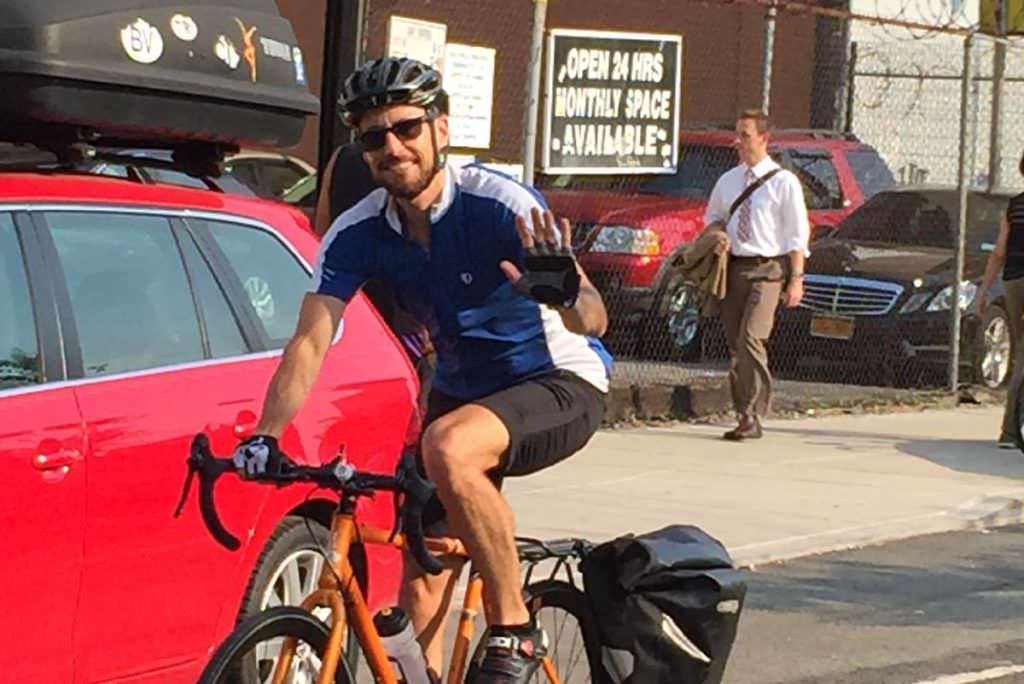

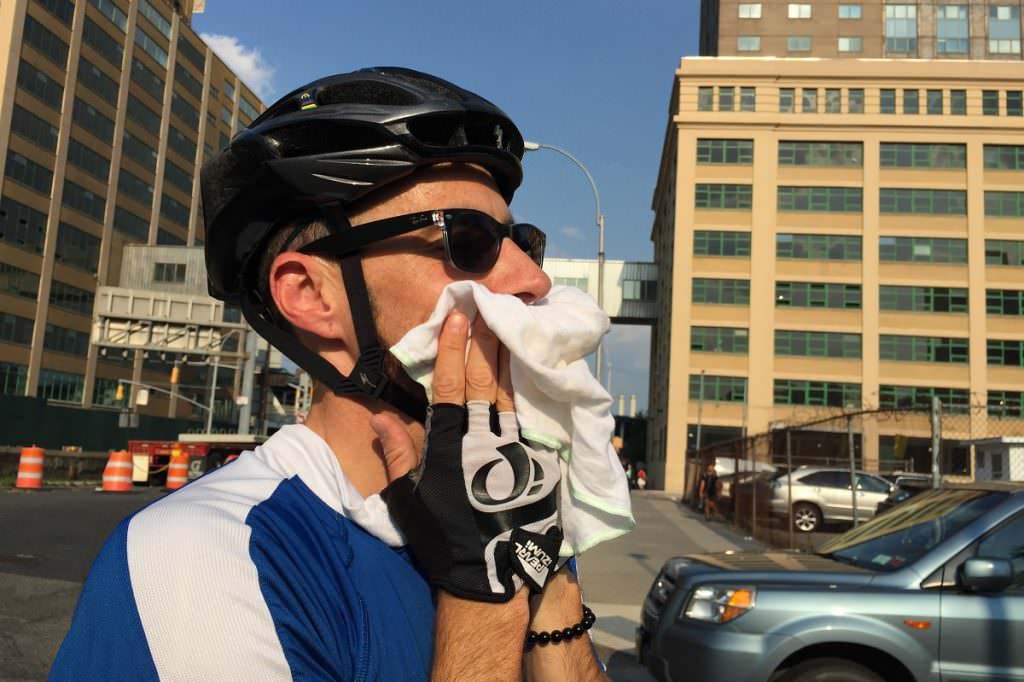
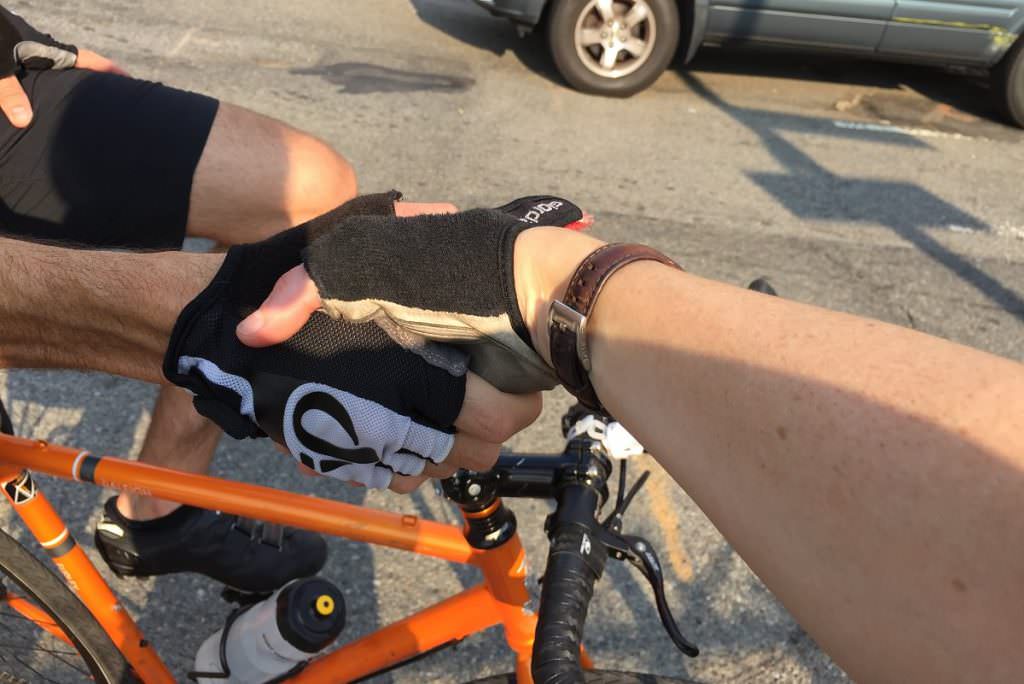
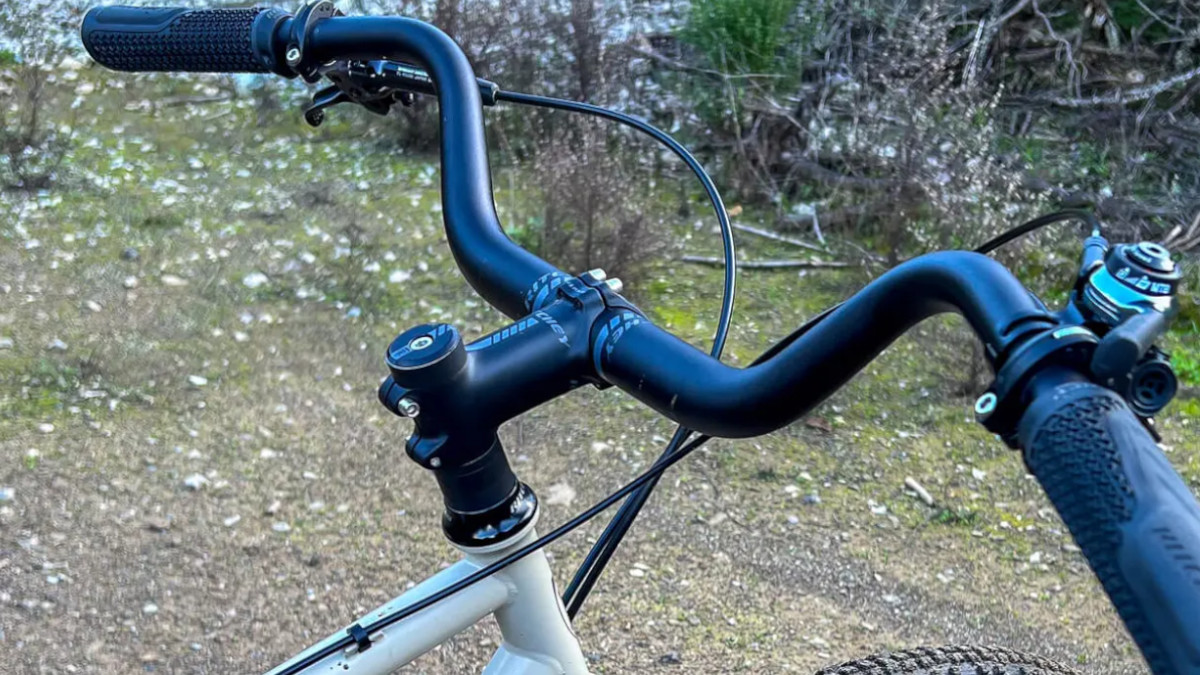
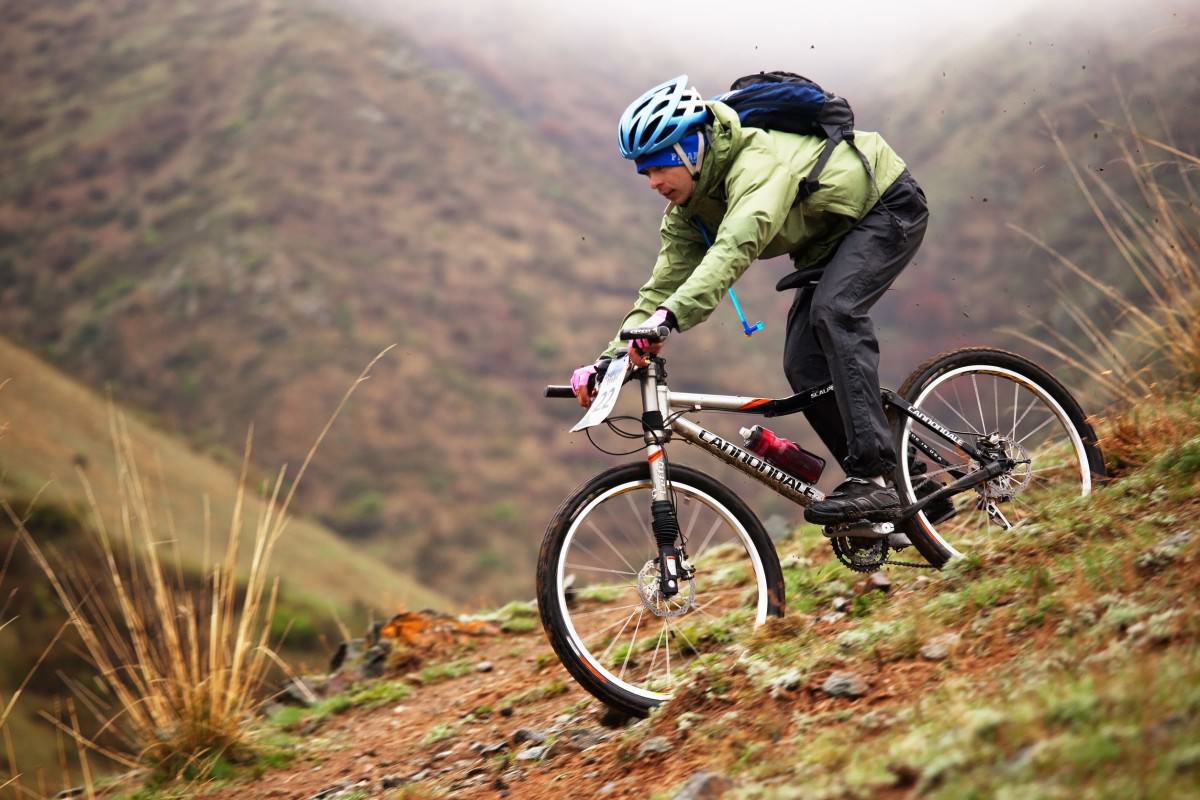
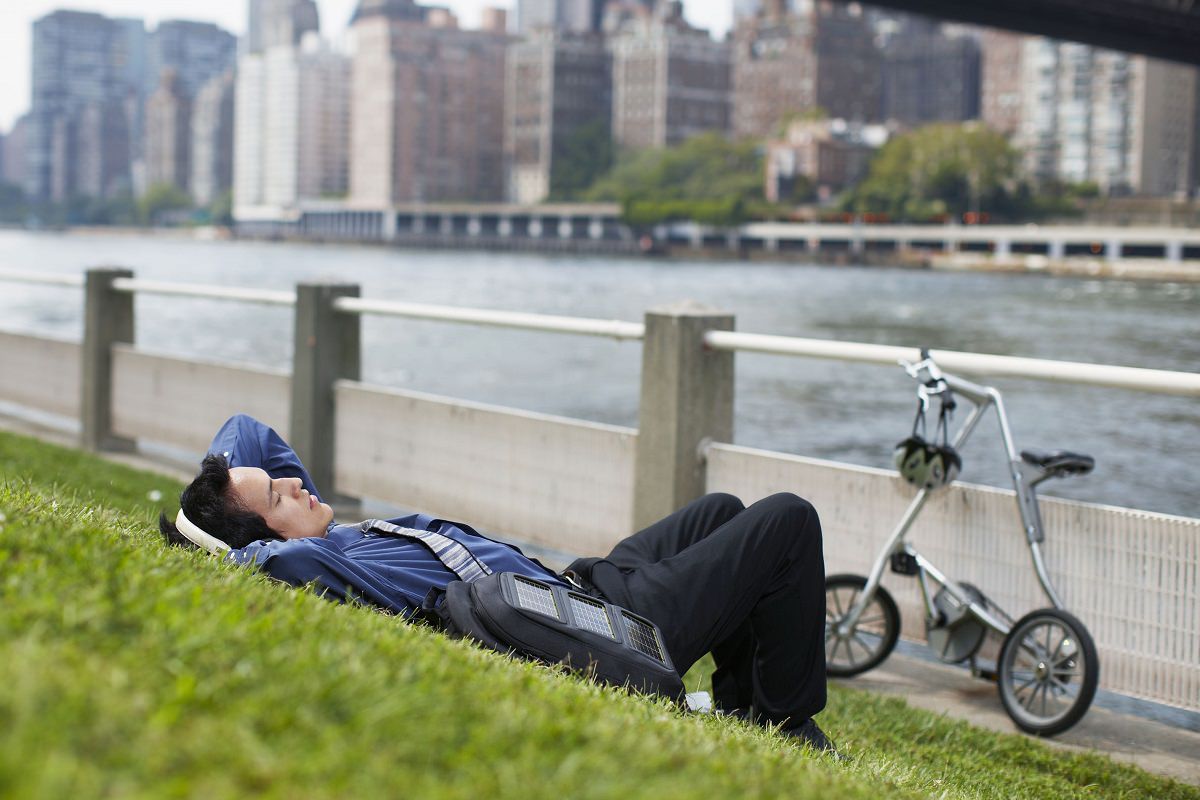
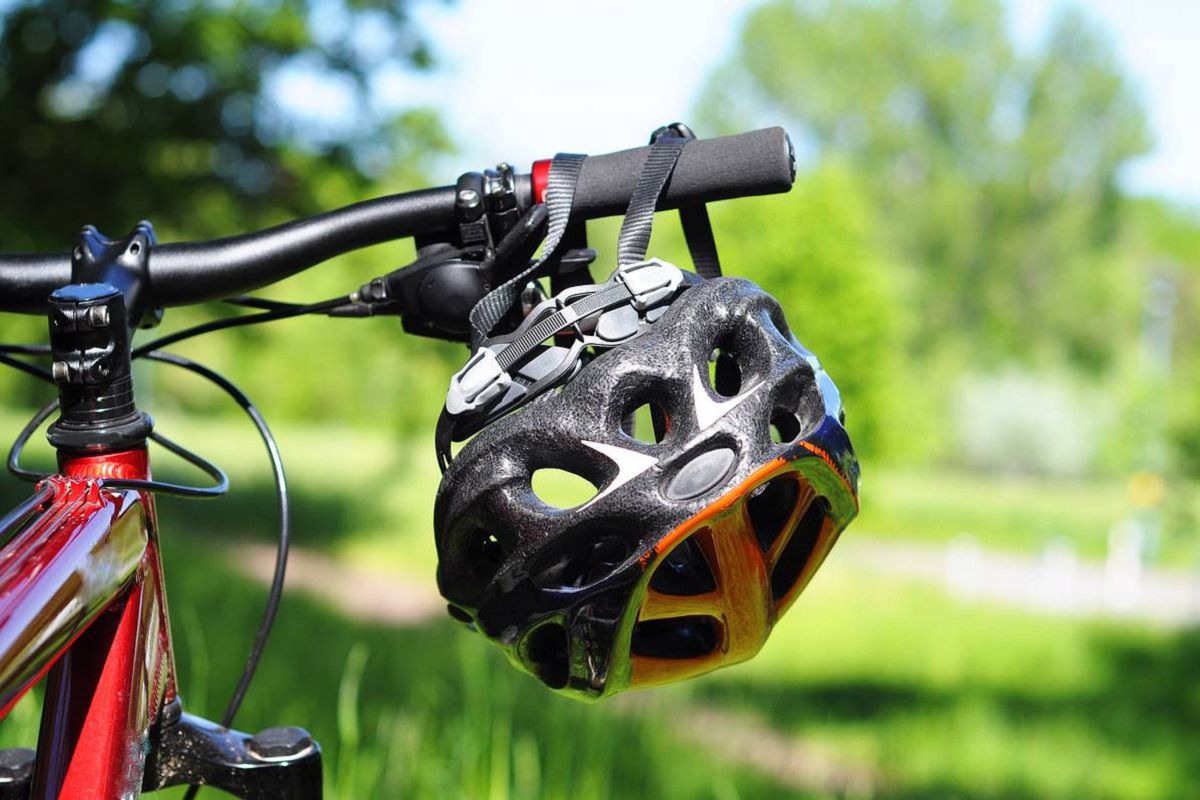
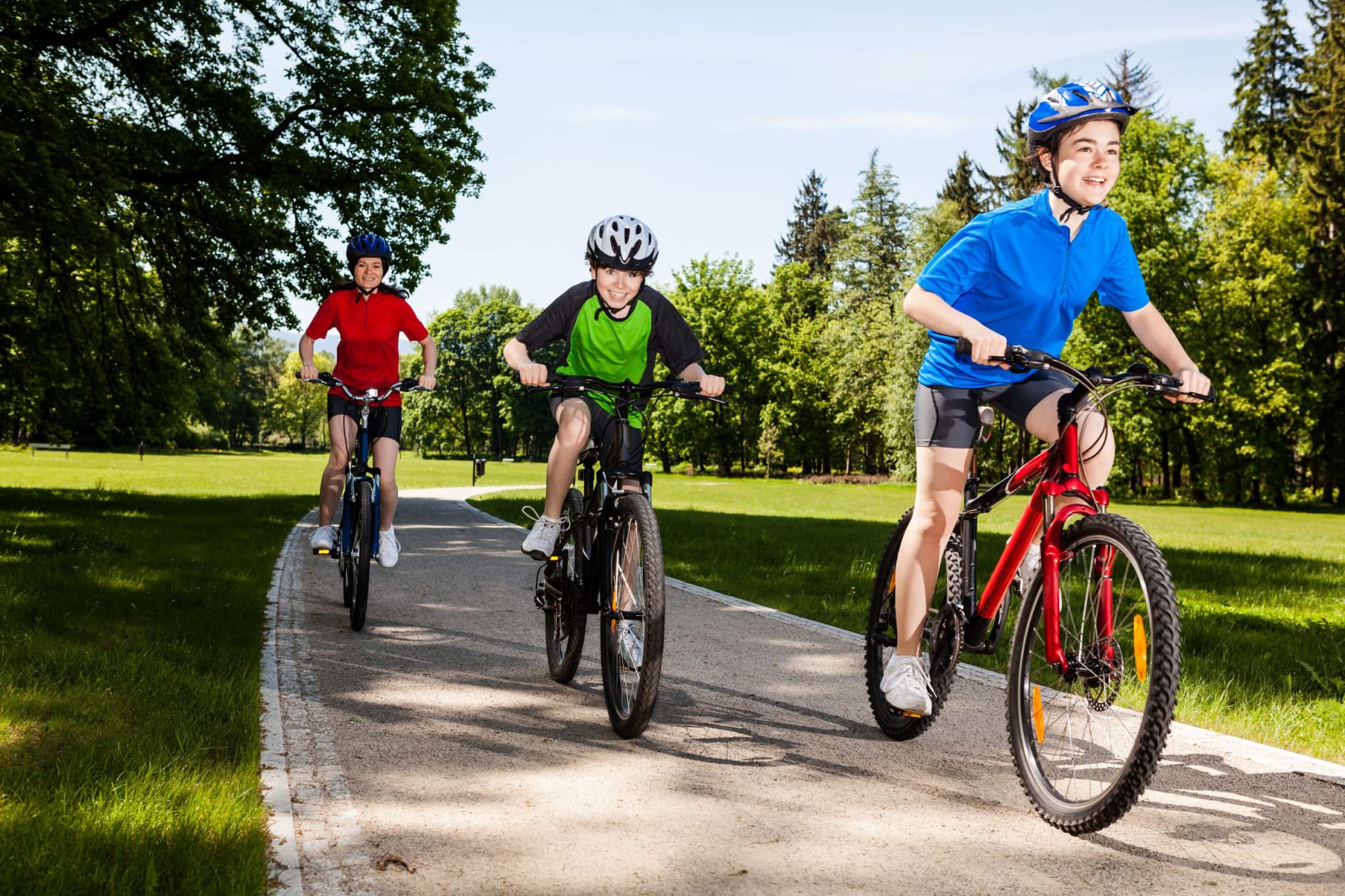

4 thoughts on “10 Pro Bike Commuting Tips For Beginners”
We’re seeing more and more cyclists just like Rhodes on our tours – commuters that are taking their daily healthy cycling routing on vacation with them. We love knowing that commuting and cycling are becoming a routine for more people, and feel that the best way to experience a holiday destination is on a bike. As Rhodes says with commuting, with cyclo-touring you make new friends (in #9), and it encourages you to make new goals (in #10). That is what life is all about!
Good points. Thanks a lot for your comment.
A strategy I use while commuting to work in Spokane is to use the safest route rather than the most direct. It may take more time but leaves the mind a ease by avoiding traffic conflicts. Also if you have the benefit of parks or natural areas on your commute it’s worth taking a longer route to decompress
aramalarım sonunda buraya geldim ve kesinlikle işime yarayan bir makale oldu. teşekkür ederim